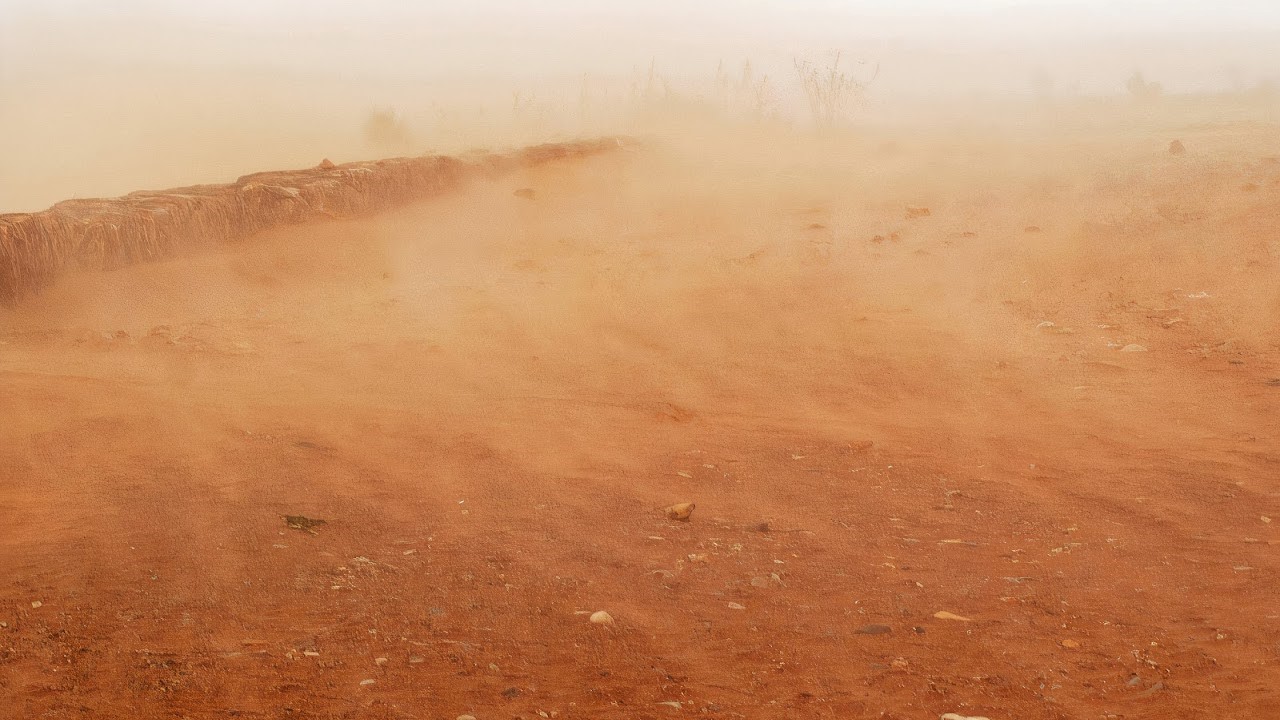
Dust Storm in the Steppe
Taken from Pixabay.com
#UNCCD #Sandandduststorms #CAREC #SDS #CentralAsia
The occurrence of sand and dust storms (SDS) is a global problem that hinders sustainable development, particularly in regions with arid and semi-arid climate. According to the United Nations Economic and Social Commission for Asia and the Pacific (ESCAP), each year approximately 2 billion tonnes of dust are emitted into the atmosphere. The Asia-Pacific regions accounts for 27% of those emissions. SDS affect multiple areas of human life contributing to health problems, hampering agriculture and infrastructure development.
Combating SDS is an onerous task that requires regional and international cooperation based on scientific research and efficient risk reduction strategies. SDS are transboundary phenomena that require periodic assessments, which form a basis for further policy actions. Experts, local communities and governments need to have a thorough understanding of SDS, their complexity and dynamics in order to be able to come up with the best possible responses.
The United Nations Convention to Combat Desertification (UNCCD) supports countries all over the world, including Central Asia, in reducing the risk of SDS and mitigating their impact. UNCCD advocates an approach based on the following three pillars.
EARLY WARNING SYSTEMS
Early warning is crucial for mitigating the impact of SDS. Its main purpose is to improve the ability of a given country to deliver timely and accurate SDS forecasts, observations and convey quality information and knowledge to stakeholders and the general public. Early warning depends heavily on cooperation among research and operational communities in monitoring SDS. Moreover, efficient early warning systems require a unified approach to observations systems and handling information received through ground meteorological networks, air quality monitoring stations and satellites.
PREPAREDNESS AND RESILIENCE
The efficiency of SDS risk reduction and impact mitigation is largely determined by institutional capacity for coordinated and harmonized SDS policy development. Management plans for disaster risk across multiple sectors should include SDS at all levels. SDS management plans should outline coordinated emergency response measures and strategies that are based on vulnerability and impact assessments as well as risk mapping.
ANTHROPOGENIC SOURCE MITIGATION
In order to fill SDS knowledge gaps, appropriate resources allocation and regional cooperation are required. Resources that are indispensable in assessing SDS are SDS Compendia that include information and guidance on assessing and addressing the risks posed by the SDS, the Global SDS Source Base-map and the SDS Toolbox.
In Central Asia, a region highly vulnerable to SDS, the UNCCD is running a project “Regional approaches in combating SDS and drought”. Launched in January 2020, the project aims at supporting Central Asian countries in developing and implementing SDS and drought risk reduction strategies at both national and regional levels. Multiple stakeholders, including government agencies, academics, practitioners and local communities, cooperate within the project. Ultimately, the project will help Central Asia achieve stronger regional advocacy and capacity to enhance preparedness and resilience to SDS and drought.
Information about the Project:
In January 2020, in all five countries of Central Asia with the financial support of the Secretariat of the United Nations Convention to Combat Desertification (UNCCD) the project “Regional approaches in combating sand and dust storms and drought” was launched. The project is implemented by the Regional Environmental Centre for Central Asia (CAREC), which works in close cooperation with designated national institutions and UNCCD National Focal Points in each of five countries.
The main objective of the project is to assist Member States in improving their preparedness and resilience to droughts and FDP, and to enable coordinated action and data exchange at national and regional levels.
You can learn more about the Project and its activities here:
